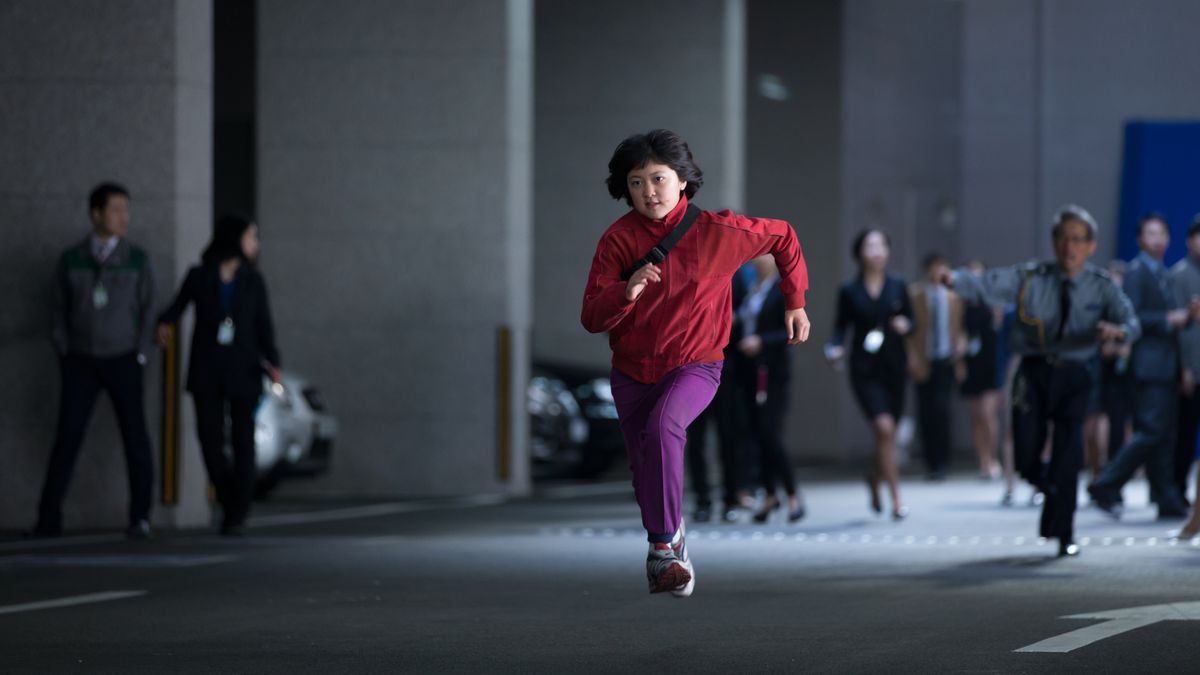Da-da da da-da-Da. You probably just read that to the tune of the Mario theme. And, apparently, there’s quite a specific reason why, according to music theorist Andrew Schartmann. And he knows about this sort of thing, having written a book on it (opens in new tab).
His theory is outlined in the PBS Game/Show (opens in new tab) video below but the crux of it, according to Schartmann, all comes down to the limitations and technical working of the SNES chip.
Because of the structure and speed of the SNES processor, much of what you do, see and react to alines precisely with the music because of the way the code runs. Your actions, enemy behaviour, sounds effects and music all end up synchronised by the ‘beat’ of the chip as it runs the game.
The original Nintendo composer Koji Kondo realised this and used it to his advantage when composing the music (which also had to be hard coded into the game, rather than recorded in a traditional sense). So, for example, the sound effect when you jump lasts exactly one beat, the fireball noise is an eighth note. In turn other aspects of the game synch with the music. So fish fins when underwater move in time with the tempo, as does the coin counter at the top of the screen which flashes like a metronome.
As a result, the music becomes so memorable because you aren’t just listening to it, you’re feeling and reacting to it with every button press and enemy movement. It’s an integral part of the game, not an additional layer put over the top. And, now, if you’re like me you’re going to have it in your head for the rest of the day.
Seen something newsworthy? Tell us!
 Game News Video Games Reviews & News
Game News Video Games Reviews & News



